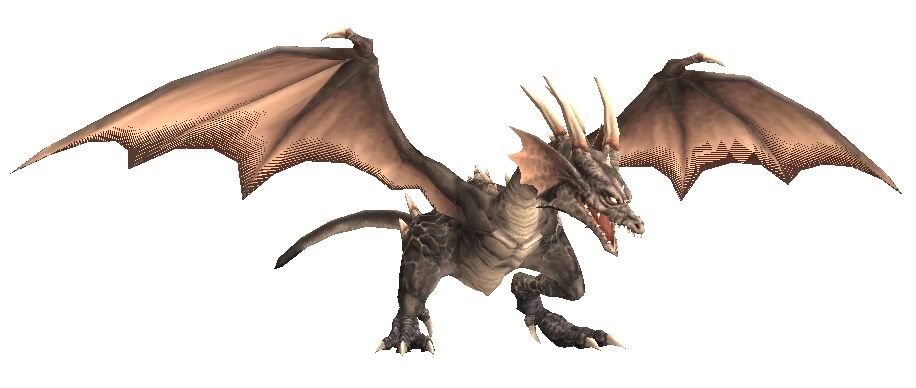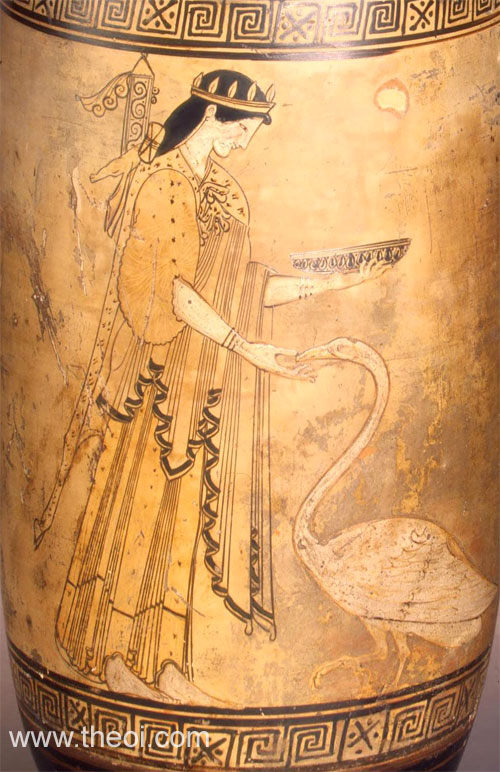The party brought along a cart full of supplies, which is maybe something I should restrict in the future. The requirements of food and water get a bit trivial when you have 100 stones of capacity, and the rules also say that carts can't enter a forest (without trails) which isn't consistent with what happened later in the night. But maybe I'm the only person who likes extensively planning out the logistics of overland travel, and everyone else just wants to handwave provisioning and survival skills.
No battles despite the best efforts of the random encounter table, since apparently my players don't want to have their heroes turned into exquisite bits of stone statuary. (Wusses.) Anyway, here's the official account:
***********************************************************
February 14 to 29, Caudex Annales 71 AUP
Having heard rumors of hospitalities offered at the remote wilderness estate of the Wizard Xangold Spectregrasp, one called "Assassin's-Bane" by those thwarted by his extensive and costly mountainous defenses (and thus called "the Penniless" mostly by himself and in a rueful tone of voice), the heroes of the Isigwold rode forth to the fortress town of Highpoint in Warsden's domain beside the waters of Breslemere. They consisted of the same company which had entered the Balewood, as well as a gnomish trickster associate of Xangold's (named "Average Joe" for reasons that probably involve an excessively long gnomish shaggy-dog story with an unsatisfying punchline). There they traveled south along the road to the holy sisters' convent at Little Darply, and struck off north across the frozen surface of the Bresaway. Keeping to the frozen track of the stream's bed led them to the Isigflod, and they hurried north toward its headwaters, through the deeps of the vale.
Hills rose on the left, and farther to the east the westward spurs of the Great Barrier's spine stuck out of the forest as an ill omen, marking the countless abodes of unnatural creatures that crept in darkness and fed upon one another in the craggy mountain roots. The first week was uneventful due to prudent use of open terrain and the setting of a regular watch. The howls of old Mort the watchdog never turned to sharp barking, and everyone ate cheerfully from the many crates of supplies drawn by the caravan oxen.
 |
| Totally not a snake-haired chick. |
Unfortunately the beasts broken into a trot and set their course to intercept the entire team at a point well short of the forest line half a mile away. A brief and furious deliberation resulted in the general consensus that setting up the repeating crossbow in the back of the cart would simple goad them into greater fury, whereas they might be susceptible to subtler forms of deception.
Gnomish trickery was sufficient to construct a near duplicate of the beasts, which broke off in front of them pawing the ground and directing them furiously toward the farther shore to the west. Whether by curiosity or confusion, the gorgon patrol elected to follow their new phantom "scout" back to the river bed, while the party disappeared into the trees.
With the spur bearing Xangold's legendary tower now in view, the party continued without event through the woods and arrived at the tower-- but not alone. A similar party from the uncivilized northlands of the Isigflod valley had also arrived, intent on slaying the terrible monsters that Xangold was reputed to be collecting in the high terrace-labyrinths of his tower. Led by a barbarian in skins, himself attended by a guide and a surly dwarf in chainmail, the rivals sought the immediate surrender of Xangold and the destruction of his perverse collection. They furrowed their hairy brows suspiciously at the description of Xangold as a "friend", and scoffed at the explanation that he was gathering evil beasts solely to rid the world of them.
 |
| On loan from Westeros! (by Feralkyn) |
Xangold himself descended with characteristic flair from the tower pinnacle with two bodyguards at his side, their feet resting on an enchanted carpet that levitated smoothly above the assembled throng. He greeted everyone warmly, and remained unalarmed by the accusation that he was a sorcerer of the black arts assembling an army of fiends. Asked to demonstrate his intention to ultimately slay the creatures he was collecting, he instead offered to allow the visitors to slay one for themselves, and conjured a great dire wolf from the dungeon. He also gallantly enhanced the barbarian leader with an enlargement spell.
The swollen barbarian smashed the wolf and then turned his gaze on the wizard, his rage kindled by the rush of blood to complete his mission against the tower's lord. He raised his axe to strike down Xangold's company, but found himself dazed by a swirling eruption of light. When his own enhancements had faded and he dwindled back to normal size, he discovered that he and his men had been disarmed (and for good measure, had their bootlaces tied together by the impetuous gnome).
Magus Spectregrasp then invited the more civil guests up into his tower for luncheon and conference. He identified the lair of the gorgons in a ravine to the south, as well as a sizable tunnel infestation of troglodytes to the northeast known for harassing traders, trappers, and explorers in the region. He also explained his strategy for purging the dungeon of evil beasts, for the sake of assembling a company of lawful but fantastical defenders for his realm (or any allies). Everyone was keen on the possibility of him committing storm giants and gold dragons to their future assaults.
Casualties: None
Treasure: None
Experience: I'd rule everyone can split up 3x1600 = 4800 into 8 shares of 600 xp each, for "defeating" the gorgons.













